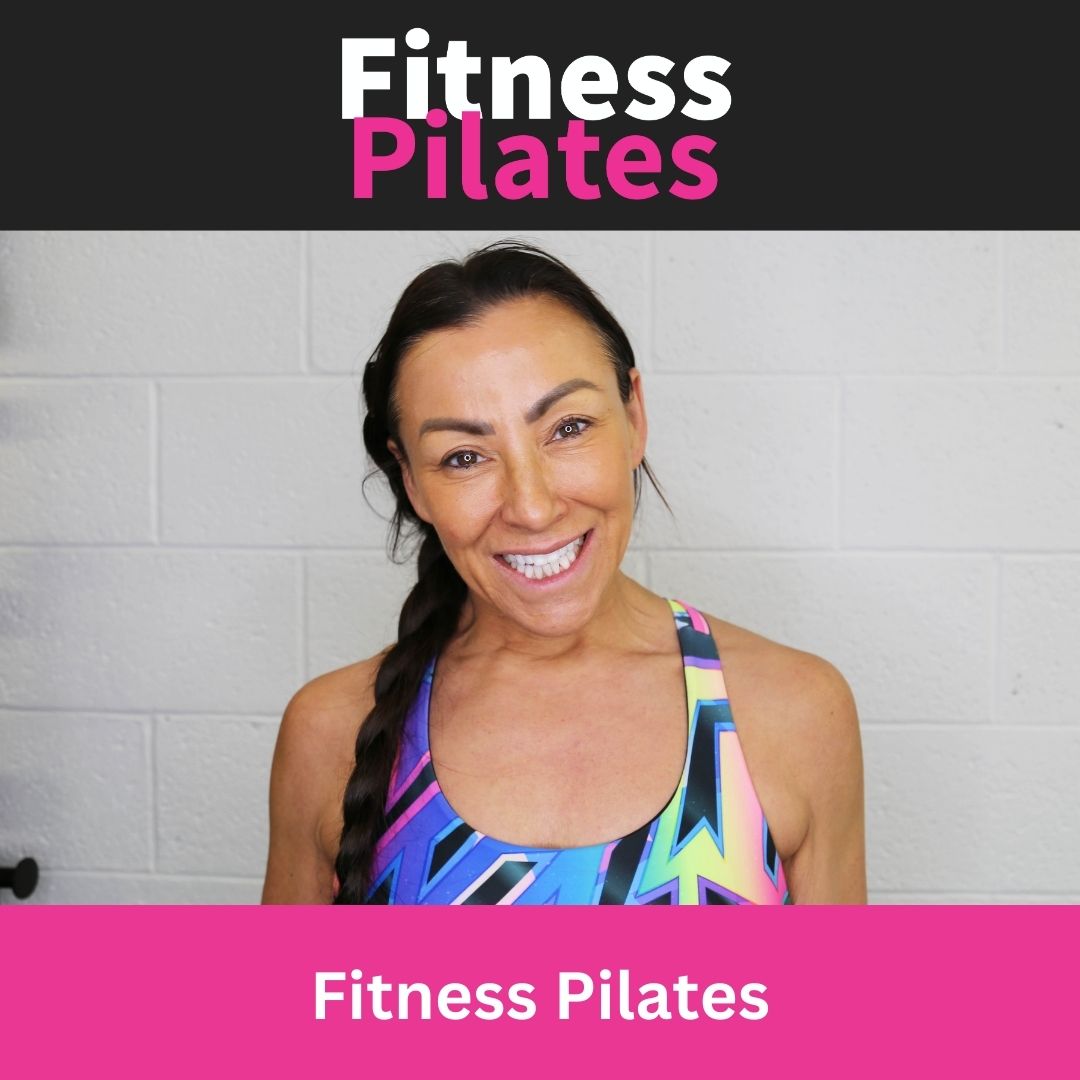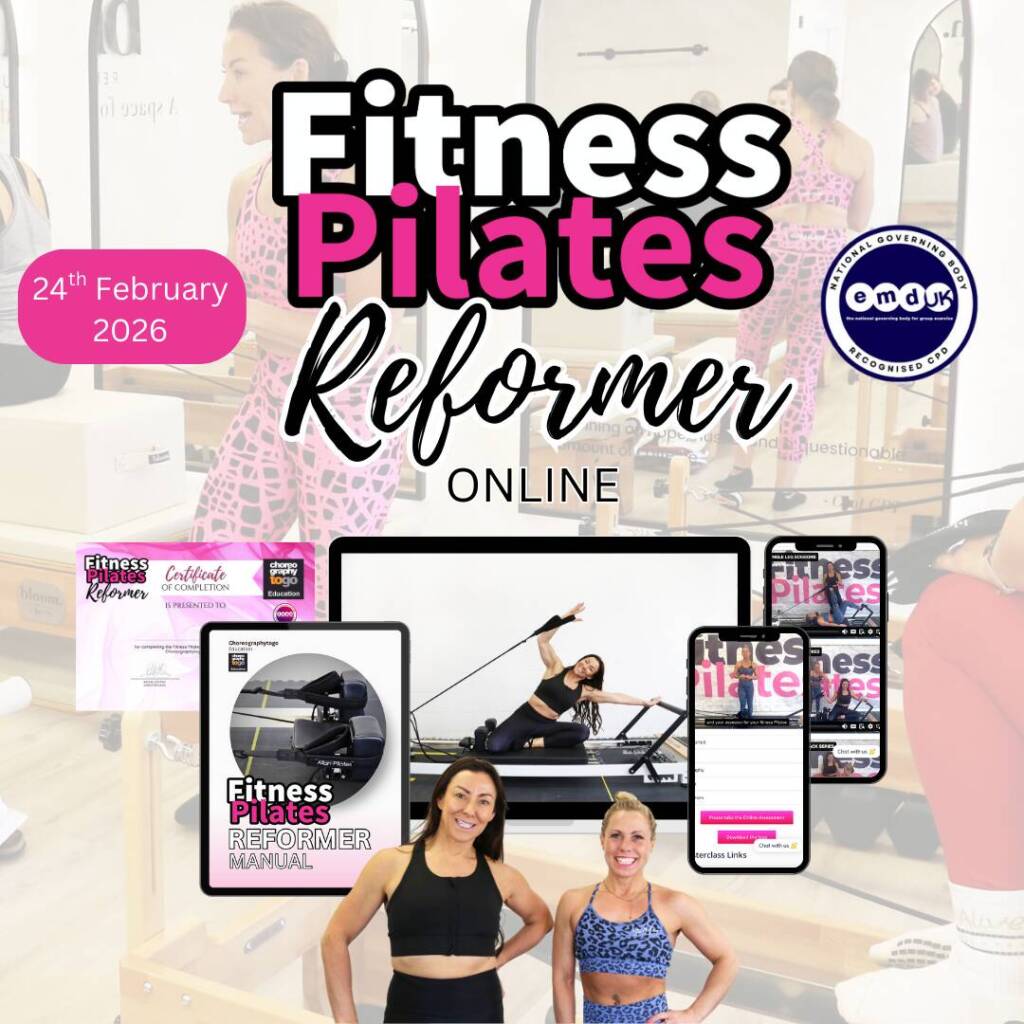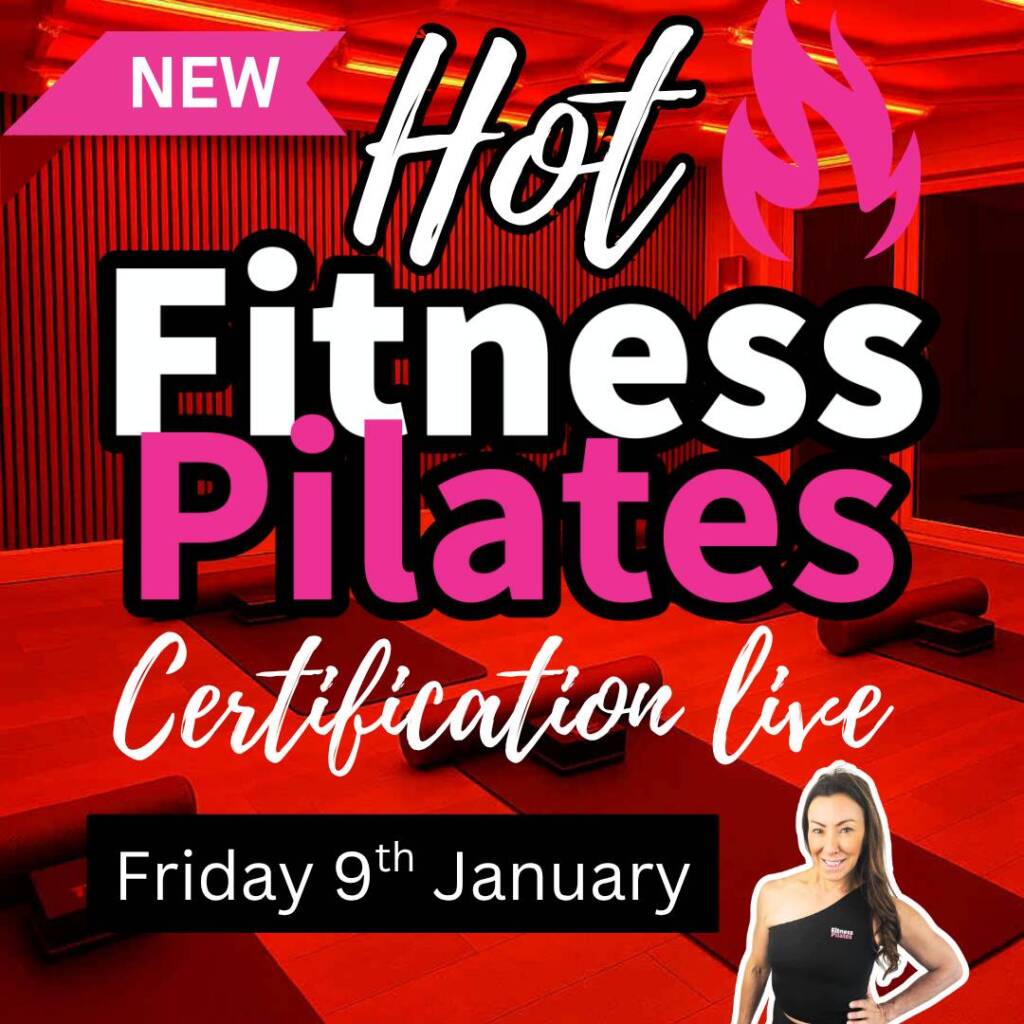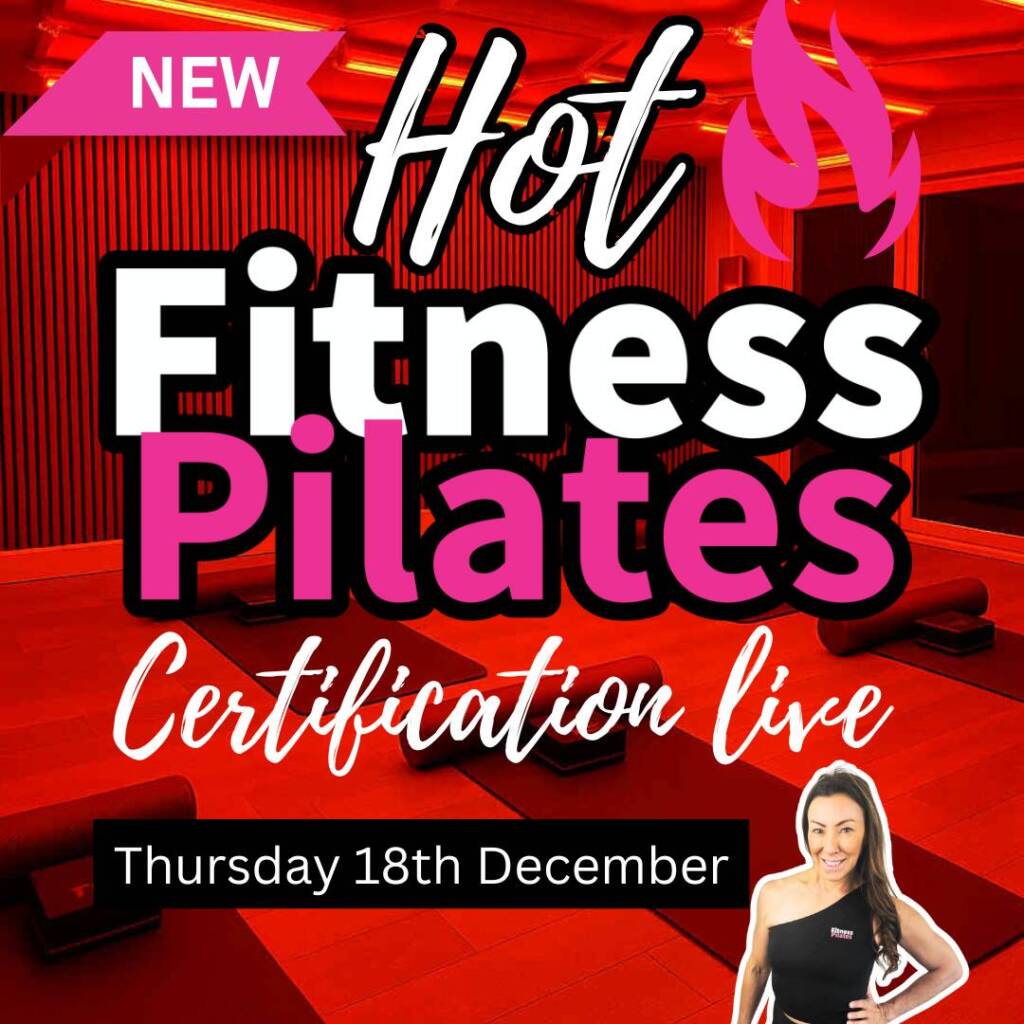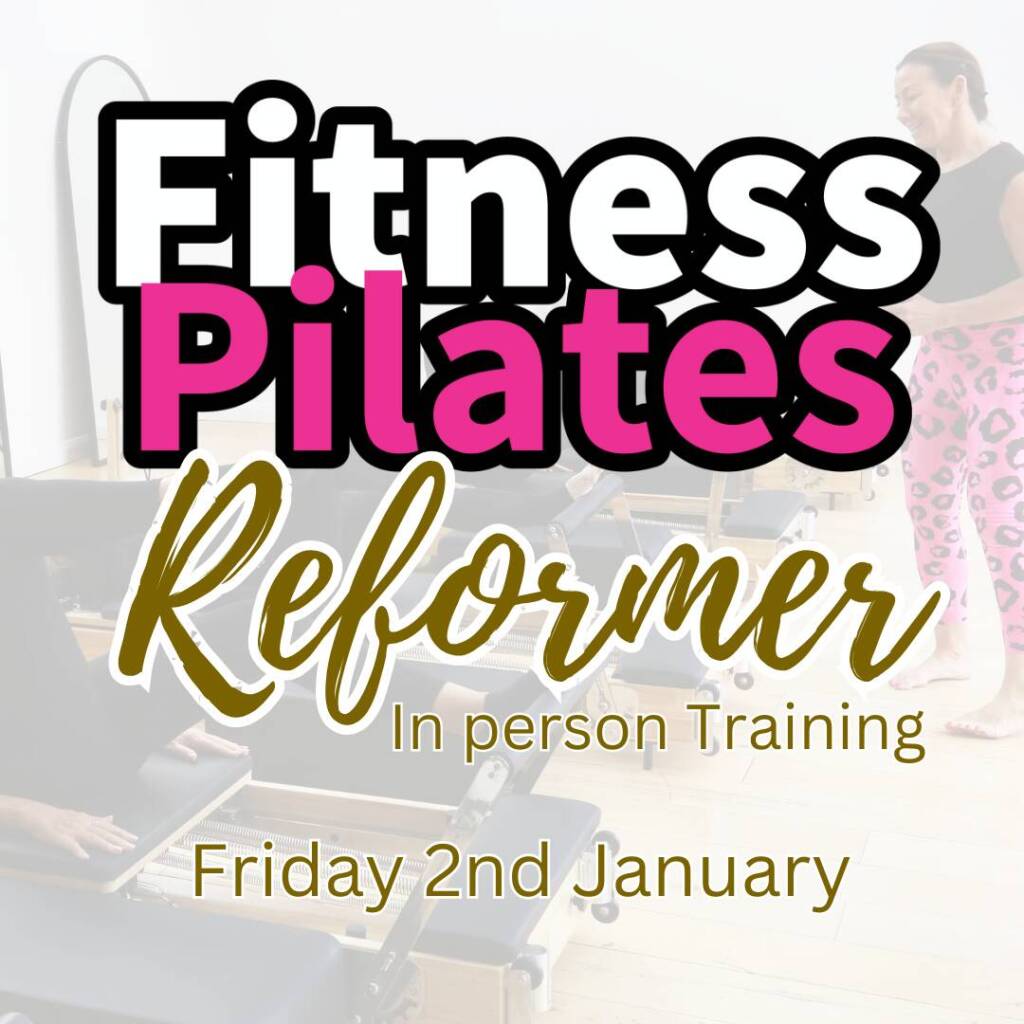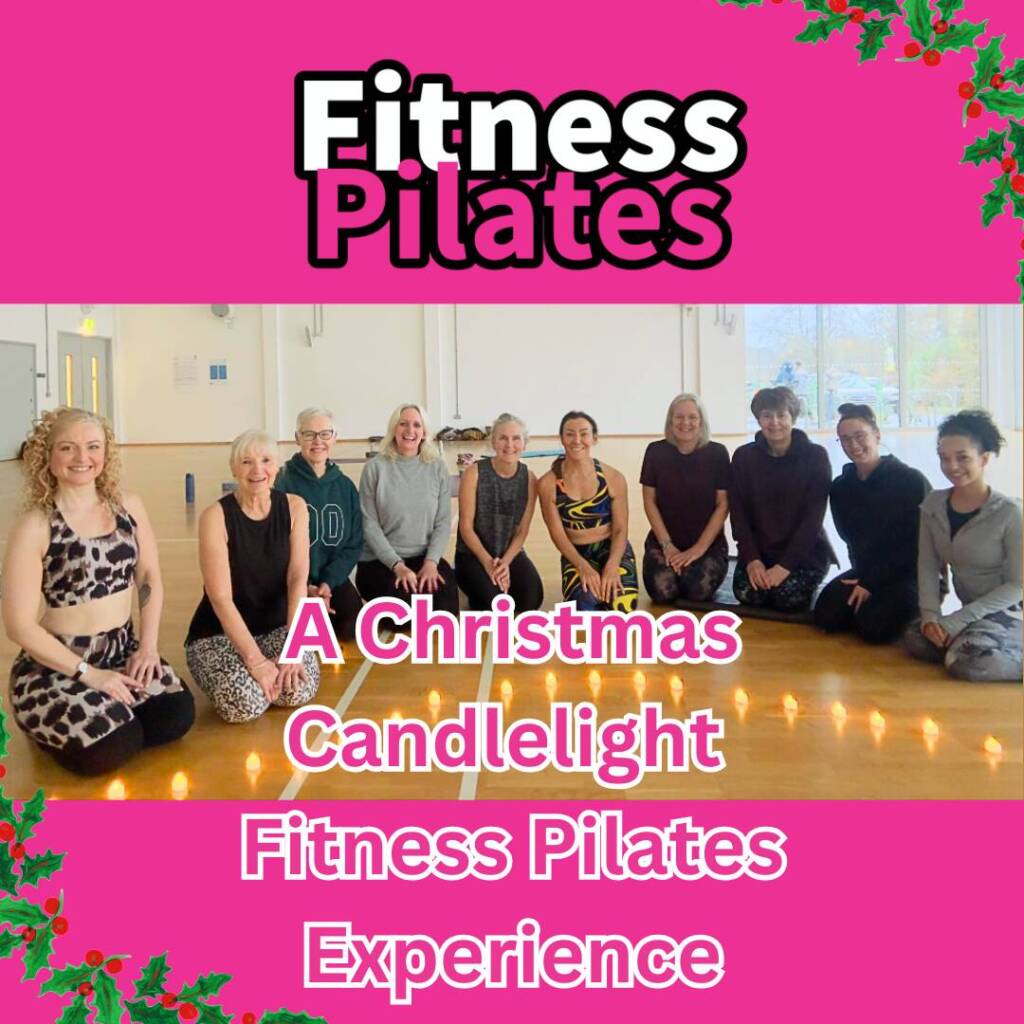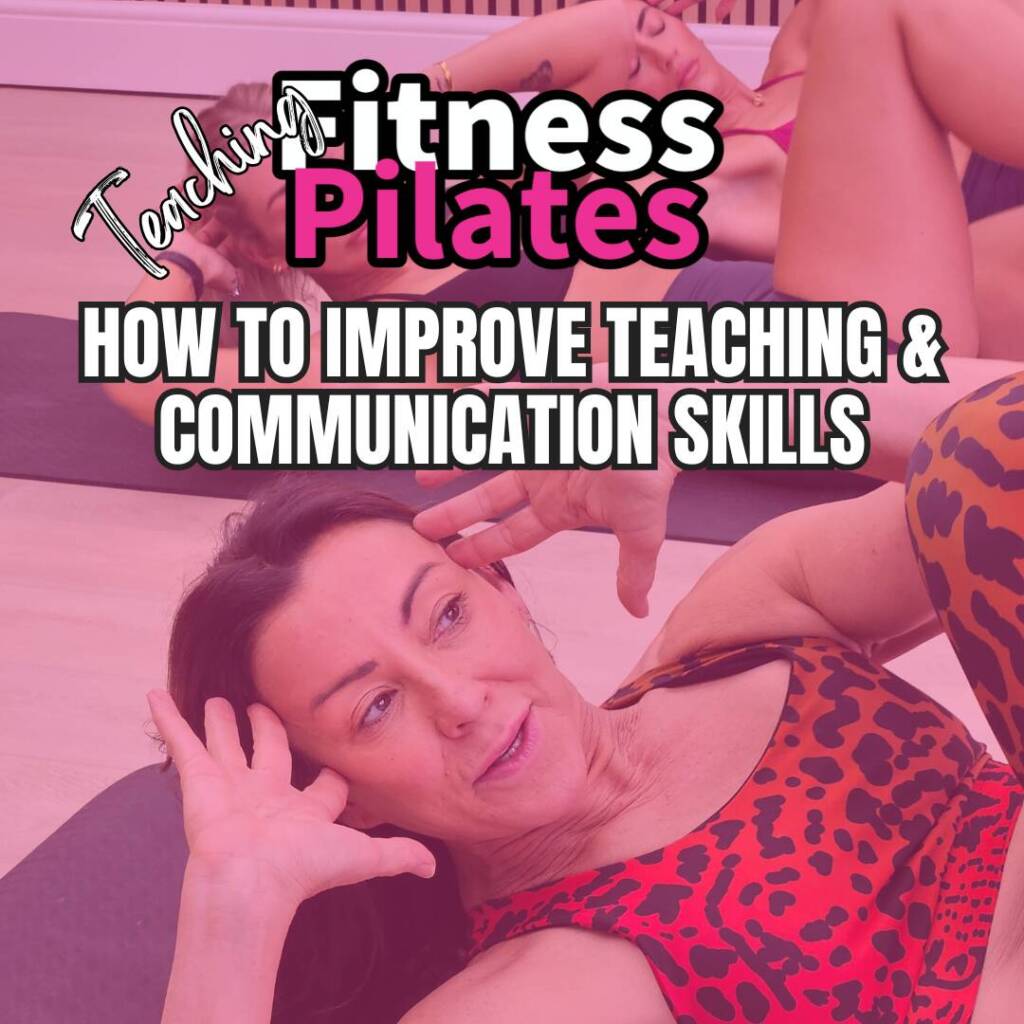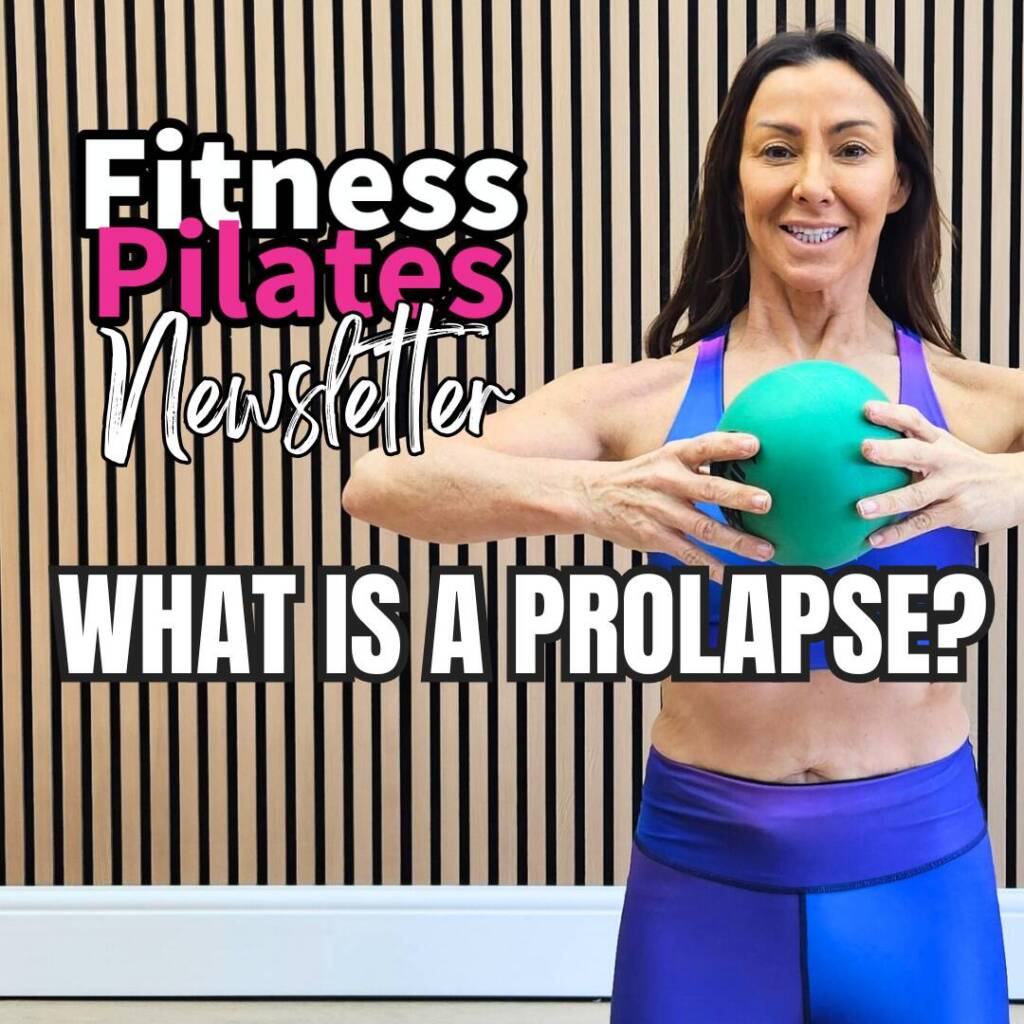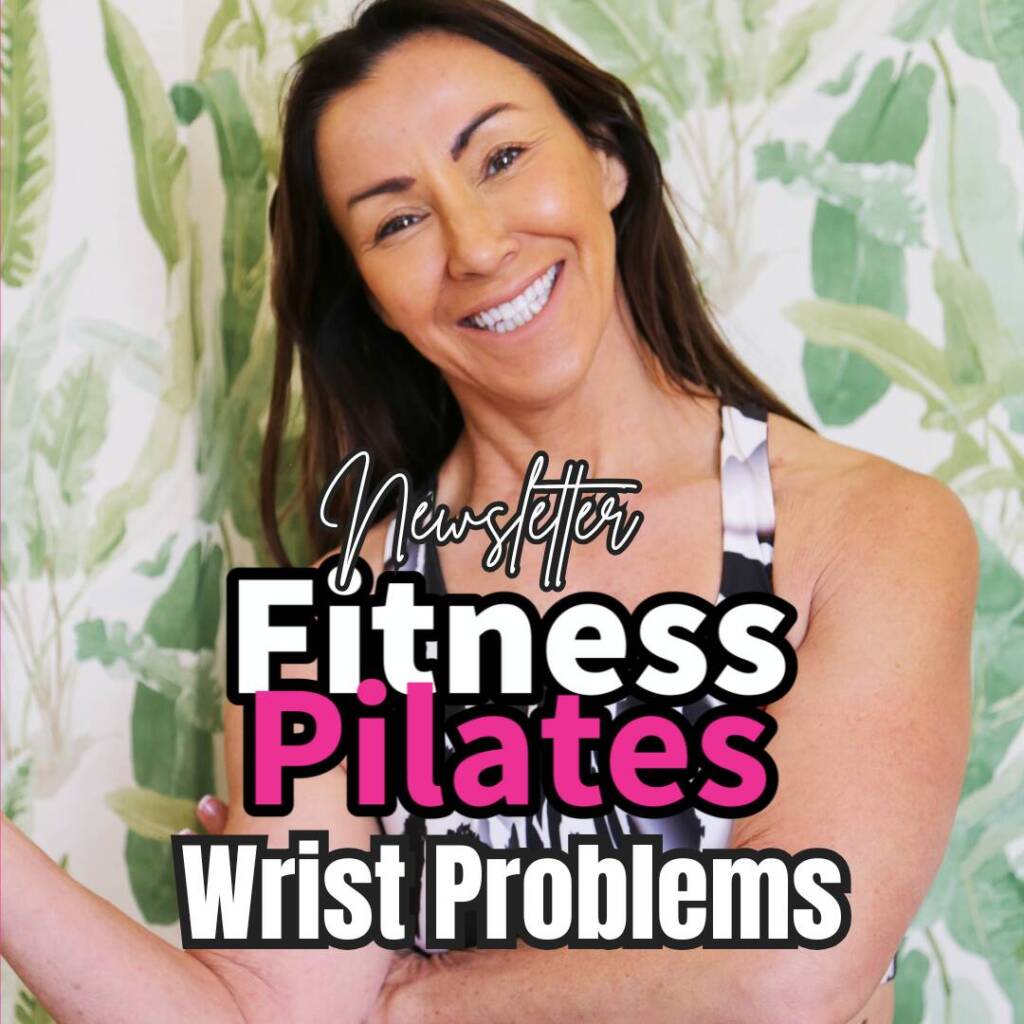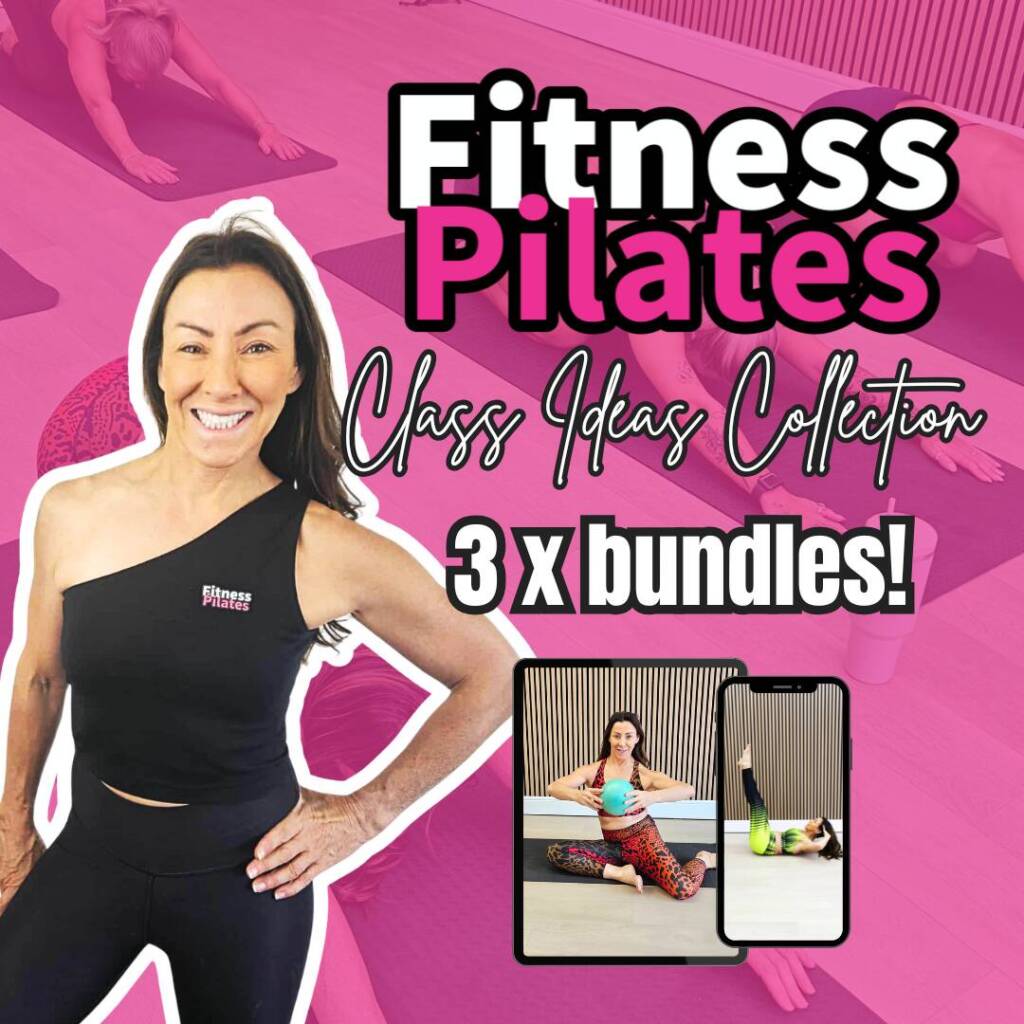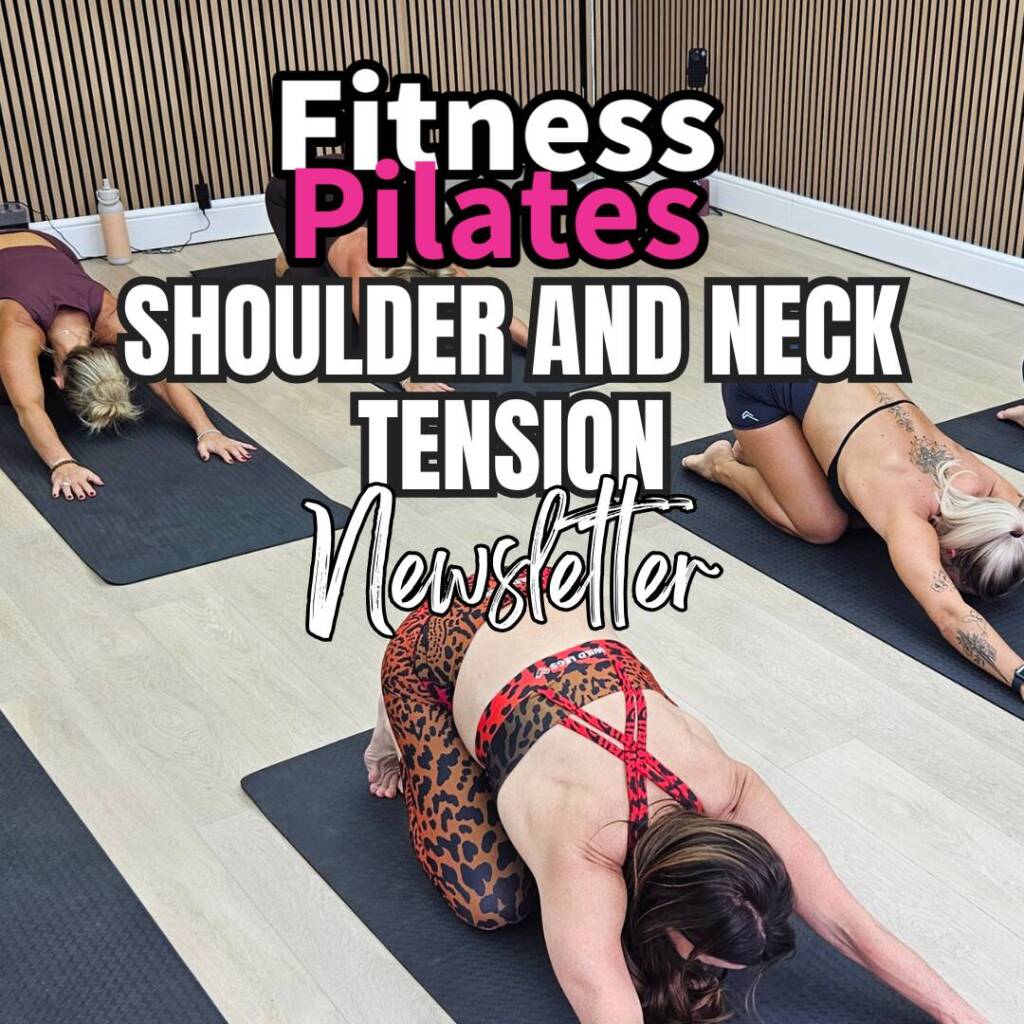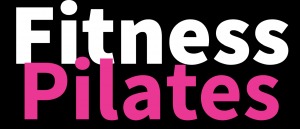
The Fitness Pilates Blog
Understanding Knee Pain and Diagnosed Knee Problems- Fitness Pilates
We’ve got a busy couple of weeks of training ahead before the summer holidays, starting this week with our online Level 3 Reformer Teacher Training. Next week, we’ll be running Fitness Pilates Reformer. If you’re unsure which course is the right fit for you, just send me a WhatsApp message on 07976 3268672 and we can chat it through.
This weekend, on what looks set to be the hottest weekend of the year, we’re delivering Level 3 Pilates—which is always a fantastic course to teach! Plus, we have two brand new Fitness Pilates workshops launching this week: the Fitness Pilates Somatic Workshop, and on Friday, Kelly and I will be teaching the Learning Lab live. All the details are below.
In today’s newsletter, we’re talking about…
Understanding Knee Pain and Diagnosed Knee Problems
Most Common Diagnosed Knee Conditions
1. Osteoarthritis
- Description: Degenerative “wear and tear” of the knee joint, common in over 50s.
- Symptoms: Pain with activity, stiffness (especially in the morning or after rest), swelling, reduced range of motion, crepitus (grating sound).
- Pilates Consideration: Focus on low-impact, mobility, and strength. Avoid prolonged weight-bearing or high-impact exercises.
2. Patellofemoral Pain Syndrome (PFPS)
- Description: Pain around or behind the kneecap, often caused by misalignment, muscle imbalance, or overuse.
- Symptoms: Pain when squatting, using stairs (especially descending), kneeling, or sitting for long periods.
- Pilates Consideration: Prioritise hip/glute strength, avoid deep squats/lunges, ensure proper knee tracking.
3. Meniscal Tears
- Description: Damage to the knee’s cartilage (meniscus), often from twisting injuries or degeneration with age.
- Symptoms: Pain on twisting, swelling, knee ‘locking’ or giving way, limited extension.
- Pilates Consideration: Avoid rapid twisting/turning, high-impact moves, deep bends; focus on control, range, and joint stability.
4. Ligament Injuries (ACL, MCL, etc.)
- Description: Sprains or tears of the knee ligaments, usually from trauma or sports injury.
- Symptoms: Instability, swelling, pain with weight-bearing, ‘giving way’ of the knee.
- Pilates Consideration: Low-impact, progressive strength work post-rehab, avoid lateral/rotational stress early on.
5. Bursitis and Tendonitis
- Description: Inflammation of the bursa (fluid sacs) or tendons around the knee, usually due to overuse.
- Symptoms: Localised swelling, tenderness, pain on movement or pressure.
- Pilates Consideration: Avoid direct pressure (kneeling), repetitive or aggravating movements.
6. Post-Surgical Knees (e.g., replacement, meniscectomy, repair)
- Description: Recovery after surgical procedures, requiring specific rehab protocols.
- Symptoms: Swelling, reduced strength, limited movement, scar sensitivity.
- Pilates Consideration: Strict adherence to medical guidelines, gentle progression, prioritise mobility and strength without overload.
General Principles for Managing Diagnosed Knee Pain in Pilates
- Get Clear Information:
- Always ask clients about their diagnosis, current symptoms, and any guidance from healthcare professionals.
- If unsure, encourage clients to seek clarification or written advice from their physio or consultant.
- Modify Exercises Thoughtfully:
- Prioritise pain-free movement.
- Focus on closed-chain exercises (where feet stay in contact with the mat) for stability.
- Build strength in the hips, glutes, and core, which help offload the knee.
- Encourage Controlled, Symmetrical Movement:
- Emphasise knee alignment (track over second toe, avoid inward collapse/valgus).
- Use slow, deliberate movements to maintain control and prevent compensation.
- Use Props and Supports:
- Extra mats, cushions, or towels under knees if kneeling.
- Resistance bands to activate supporting muscles.
- Balance Strength, Mobility, and Flexibility:
- Include gentle stretching for hamstrings, quads, calves, and hips.
- Strengthen surrounding muscles, particularly glutes, hamstrings, and quadriceps.
- Incorporate joint mobility exercises within a pain-free range.
Fitness Pilates Exercises: What to Do
Best options for most diagnosed knee problems:
- Clamshells, bridges, side-lying work for hip/glute strength.
- Heel slides and straight leg raises for quad activation.
- Seated leg extensions to build quadriceps strength without loading the joint.
- Gentle squats or wall sits (shallow, pain-free range only).
- Standing hip abductions and gentle calf raises.
- Hamstring curls (prone or standing) with control.
- Mat-based stretching and mobility (hamstrings, calves, quads, hips).
- Gentle functional movements (sit-to-stand, step-ups with low step).
Fitness Pilates Exercises: What to Avoid or Modify
- Deep squats, deep lunges, single-leg squats (unless cleared and pain-free).
- Fast or explosive movements (jumping, hopping, rapid changes of direction).
- Repetitive kneeling (unless well-cushioned and tolerated).
- Twisting or pivoting moves.
- Standing balance on affected leg (modify or support as needed).
- Any move that causes pain, swelling, or discomfort.
Class Management Tips
- Encourage regular feedback during class—check in on comfort and pain.
- Offer alternative exercises and demonstrate all modifications.
- Emphasise individual progress—everyone’s recovery and tolerance will differ.
- Encourage rest or pausing if needed—empower clients to self-manage.
- Avoid overloading the class with too many repetitive lower limb exercises.
- Always support clients in seeking professional advice for new or worsening symptoms.
When to Refer Back or Seek Medical Input
- New swelling, locking, giving way, or sudden sharp pain.
- Inability to fully extend or bend the knee.
- Signs of infection (redness, heat, fever).
- No improvement or worsening despite modifications.
Summary Table
| Condition | Pilates Focus | Avoid |
|---|---|---|
| Osteoarthritis | Mobility, gentle strength, low-impact | High impact, deep bends, long kneeling |
| Patellofemoral Pain (PFPS) | Hip/glute strength, quad control, alignment | Deep squats/lunges, stairs, kneeling |
| Meniscal Tear | Control, range, glute & quad strength | Twisting, deep flexion, high impact |
| Ligament Injury (ACL, MCL) | Progressive strength, closed-chain, controlled moves | Lateral stress, twisting, high impact |
| Bursitis/Tendonitis | Low-load, gentle, avoid pressure on affected area | Kneeling, repetitive aggravating moves |
| Post-Surgery | Gentle mobility, gradual strength, follow guidance | Overloading, aggressive stretches, impact |
Final Practical Tips for Fitness Pilates Instructors
- Build rapport with clients—encourage open communication about injuries or flare-ups.
- Stay up to date with CPD on joint health and exercise modifications.
- Keep classes positive and inclusive—make sure clients know it’s fine to take things at their own pace.
- Celebrate improvements in function and confidence, not just intensity.
Ill post this in the Fitness Pilates Facebook group so we can continue the discussion there.
Do let me know if these newsletter are helpful and feel free to pass on to clients in your own newsletter.
Fitness Pilates for specific health conditions is a HUGE opportunity.
Let me know your thoughts and anything you would like me to cover just send me an email or whats app 07976268672
📣 Fitness Pilates Learning Lab 1 Live workshop 18th July 9:30am-12:30pm
Fitness Pilates Somatics Workshop
Get the workshop before it launches at the Early Bird price
Fitness Pilates Reformer – Online Training
Our next online training for qualified Fitness Pilates teachers is happening on
Wednesday 23rd July – perfect for expanding your skills and adding Reformer-based concepts to your repertoire.
YMCA Level 3 Certificate in Instructing Studio Reformer: Groups
Fitness Pilates Training Course 1st August online click here
Would you like to book Fitness Pilates & Fitness Pilates Reformer Together? Learn more here
Join the Fitpro Choreography Newsletter here
Join the Fitness Pilates newsletter here
Join my free women’s wellness newsletter here
Share this post:
Latest Fitness Pilates Courses & Classes

Infrared Fitness Pilates Hot & Reformer Masterclass in C2GO Studio For Fitpros January
£55.00


The latest Fitness Pilates blogs & news
Join the Fitness Pilates newsletter
A short description introducing your business and the services to visitors.
